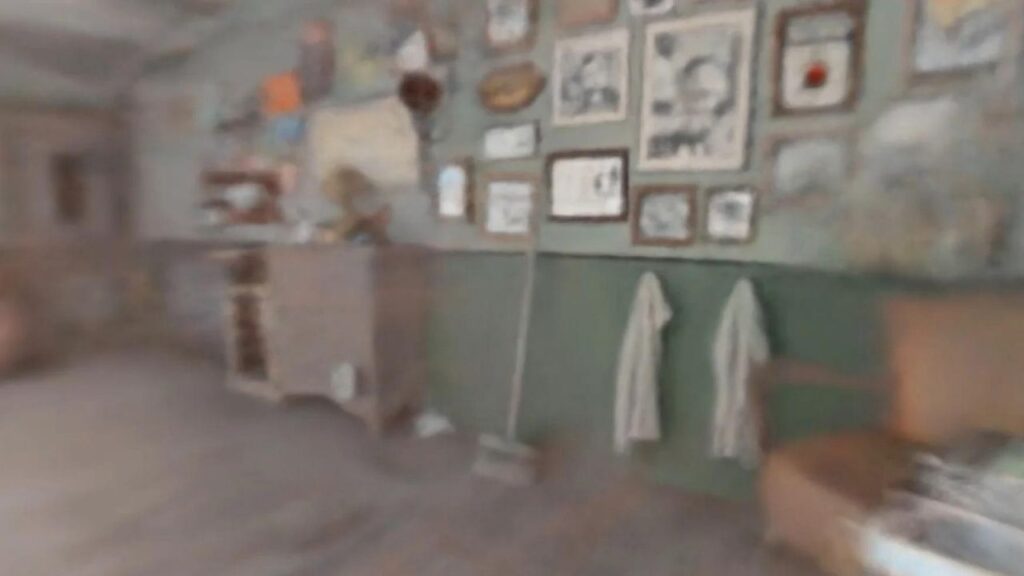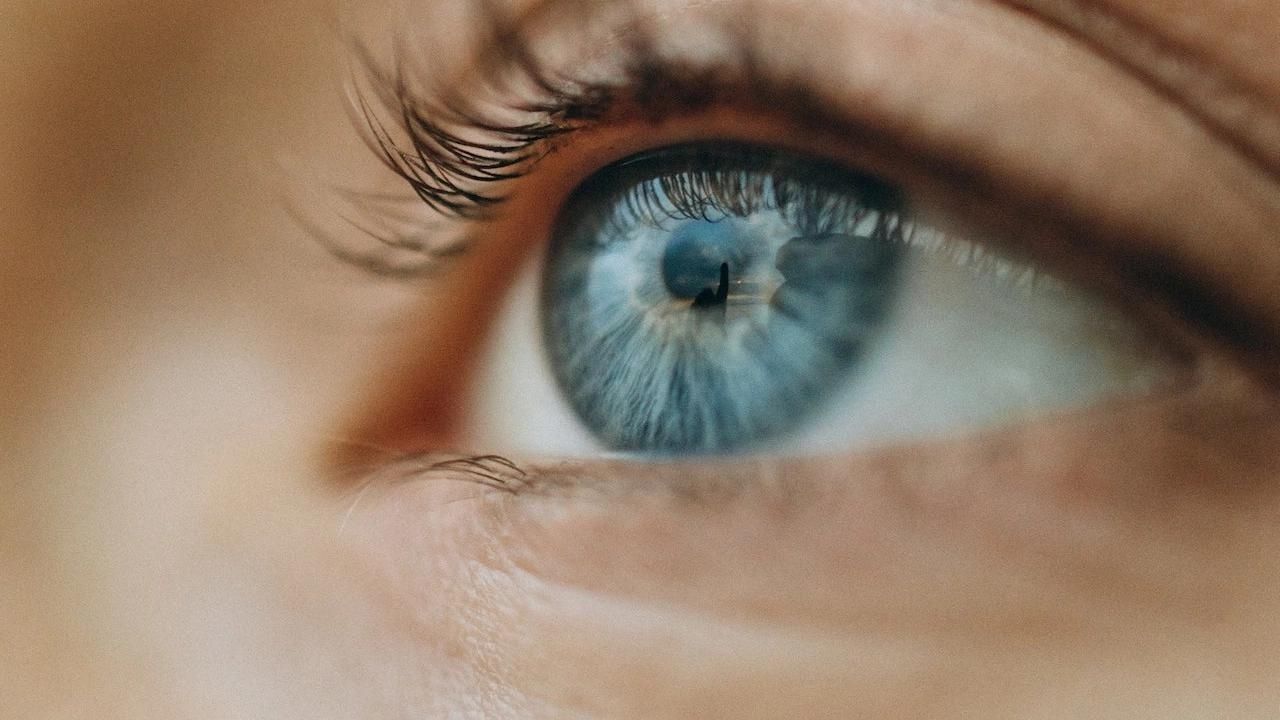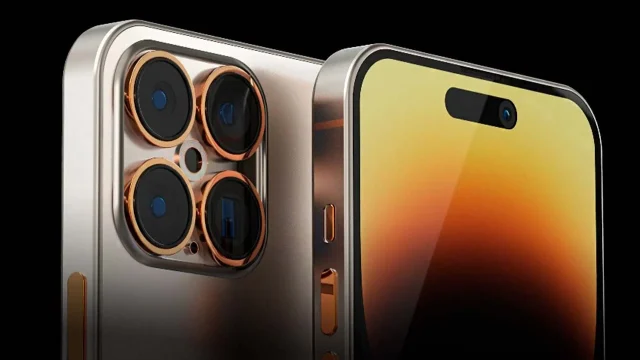Technological advancements have been increasing day by day in recent times. The latest news reveals just how much technology has advanced. According to the news, researchers have managed to transform eye reflections into 3D images using specialized systems. Here are the details!
The study reconstructs environments from 2D photographs
It is possible to gather information about where individuals are located based on the reflections in their eyes in high-resolution photographs. At this point, researchers at the University of Maryland have added another advancement to the field of technology. By utilizing specialized systems, they have successfully transformed eye reflections into 3D images.

The research team’s work is based on Neural Radiance Fields (NeRF), an artificial intelligence technology that can reconstruct environments from 2D photographs. This technology, developed by Nvidia, lies at the core of the system and generates 3D images from 2D photographs.
For this study, the team captures multiple high-resolution photographs of a person moving in a room. Afterwards, they digitally zoom in significantly to examine the reflections in the corneas of the eyes and process the image through various techniques. As a result, the image is transformed into a three-dimensional representation thanks to NeRF.
In general, the research team at the University of Maryland has succeeded in adding depth to the image reflected in the eyes. However, obtaining high-resolution results is currently not possible. Additionally, this system is expected to have particularly beneficial applications in the field of security.
This technology enables the determination of the whereabouts of a killer or terrorist. It is also beneficial for research purposes. According to the team’s statements, controlled tests using synthetic eyes with this system have yielded excellent results. The team made the following remarks about the system:
“The reflective structure of the human eye is an underutilized source of information about what our surrounding world looks like. By imaging the eyes of a moving person and capturing the reflections in the eyes, we can obtain multiple images of a scene beyond the camera’s direct field of view.”
So, what do you think about eye reflection 3D imaging? Don’t forget to share your thoughts with us in the comments section!














